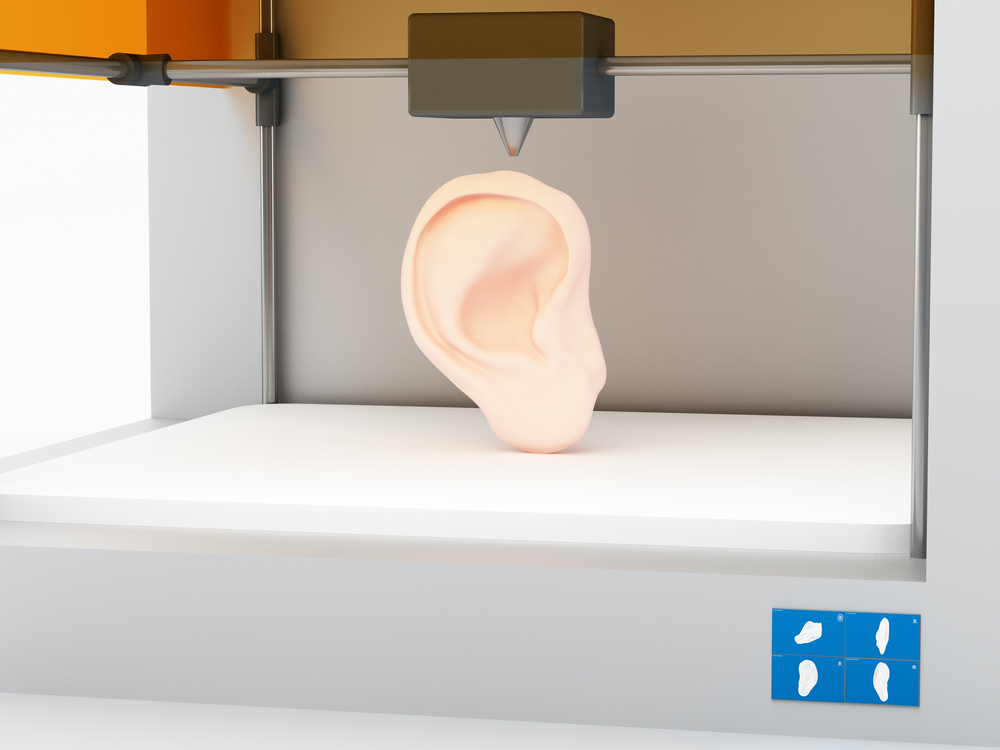3D Printing: Cool, But Not Quite There
3D tissue printing holds the promise of custom implants on demand. But the hope of replacing each and every tissue in the body with a new version seems —and is—too good to be true. Here is where it’s at today, and where it is going.

Creating tissues by sending cells and fibers through a jet printer nozzle permits layered structures to be formed, mimicking the gross appearance of tissues in the body. With our advancing understanding of anatomy and technology, increasingly complex structures can be formed. Though replicas of ear, nose and meniscus cartilage have made the news, none have really worked in practice. 3D bone replacement structures have acted as successful scaffolds, but only when they are ultimately replaced by the body’s own tissues.
Therein lays the key. Tissue regeneration requires a complex dance of cells, collagen formation and the building of an extracellular matrix which has charged molecules and factors that interact with each other—sometimes in a step-by-step sequence, and at other times simultaneously. Like the primordial soup of the earth’s original oceans, all of these factors must come together to support life.
For example, when a skin incision heals poorly with disorganized collagen, an ugly scar (often called a keloid) is formed as opposed to the fine, almost invisible line you see when the collagen and cells are well-organized. A meniscus cartilage must not only have circumferentially arrayed collagen fibers with radial tie rods; it also needs three different types of fibroblast cells. These make variations of the matrix that are specific to locations within the meniscus itself. In addition, the blood vessels and nerve fibers interwoven between the collagen fibers provide nutrition and neural feedback that influences how the knee moves.
So simply 3D-printing a structure with a few components of a meniscus will not function like a meniscus, unless the body grows into the implant and forms a new meniscus. (Such a meniscus regeneration template has already been made. It’s called a collagen meniscus implant, and functions reasonably well. Yet it is not a meniscus, not 3D printed, and not useful in all situations.)
The world of 3D tissue printing has many miles to go. Part of this process will be a better understanding of our goals. Is our hope to reproduce anatomy, or simply to create a better regeneration template? Regeneration templates, for instance, work poorly for ligaments that must not stretch, but they work well for cartilage that is put under compression. In either case, we have yet to learn if 3D printing will be the best way to manufacture these templates, or if the constraints of jet printing are too restrictive.
The solutions, as I see it, will arrive in the merger between activated biology and pre-formed templates. The templates that have appropriate function from day one, and get better with time and maturation, are most likely to succeed. But printed devices that rely on regeneration to work normally (like cartilage plugs) will fail at a higher rate—at least until we make profound advances in the science of organ regeneration. But there’s hope: The salamanders have known how to do it for centuries.
